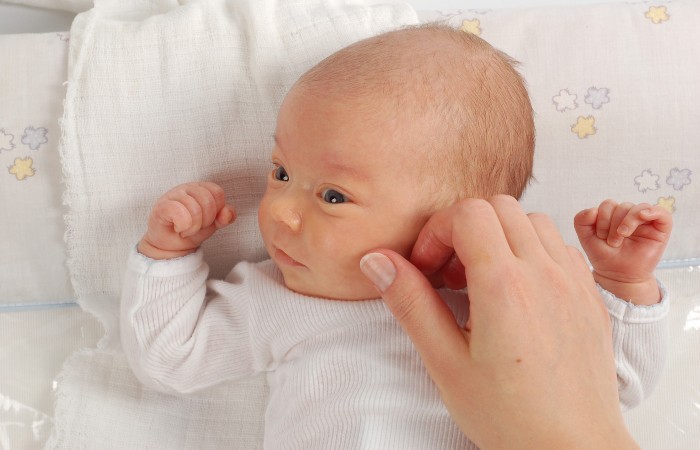The U.S. fertility rate has plummeted to its lowest level in nearly a century, sparking concern among pro-life advocates about the cultural and societal factors contributing to the decline, including the impact of abortion.
A recent report from the Centers for Disease Control and Prevention (CDC) revealed that the general fertility rate fell to 54.4 births per 1,000 women aged 15 to 44 in 2024, down from 56 in 2023, marking a historic low not seen since the 1930s. The decline coincides with the loss of approximately 66 million babies to abortion since its legalization in 1973.
The report argues that this staggering figure has significantly contributed to the shrinking birth rate, stating, “While the nation mourns the loss of 65 million of its own through abortion, it’s no surprise that the fertility rate has tanked to historic lows.”
REACH PRO-LIFE PEOPLE WORLDWIDE! Advertise with LifeNews to reach hundreds of thousands of pro-life readers every week. Contact us today.
Despite the declining fertility rate, Americans’ views on family size remain aspirational.
A Gallup poll conducted in July 2025 found that 45% of Americans believe the ideal family size includes three or more children, a figure that has risen steadily since 2011 and is now at its highest point since 1971.
“Americans’ belief that three or more children is ideal is currently up four percentage points from the previous reading in 2018,” Gallup reported.
The poll also noted that younger Americans, Catholics, churchgoers, and women are among those most likely to favor larger families.
Pro-life advocates argue that the gap between Americans’ desire for larger families and the reality of declining birth rates reflects deeper societal issues. The United States Conference of Catholic Bishops (USCCB) has challenged the notion of overpopulation as a driver of these trends, calling it a “myth” that distracts from the real issues.
“The concern for the world’s resources is real, but we must approach it rationally, remembering that human beings are the world’s greatest resource,” the USCCB stated in a committee report on pro-life activities.
The Gallup survey highlighted a disconnect between ideals and reality, noting that while many Americans aspire to have three or more children, economic pressures are a significant barrier.
“Economic concerns, like the cost associated with raising a child, continue to be a factor,” the report said, citing data from the U.S. Department of Agriculture estimating that the cost of raising a child to age 18 reached $245,340 in 2013, adjusted for inflation.
Pro-life groups argue that policies supporting families and protecting unborn children could help bridge the gap between Americans’ family size ideals and the current fertility crisis. They point to the CDC’s data showing sharp declines in births among women in their 20s, a trend that has accelerated since 1990 when the fertility rate was 70 births per 1,000 women.
As the nation grapples with these historic lows, pro-life advocates continue to call for a renewed focus on the sanctity of life and support for families, urging policymakers to address the economic and cultural barriers that prevent Americans from achieving their ideal family size.











